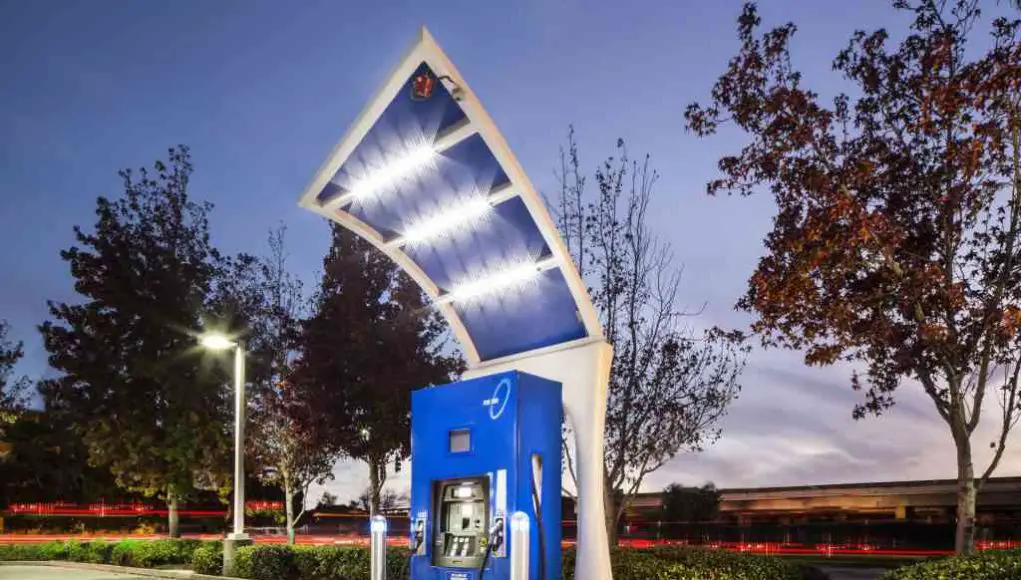True Zero Founder and CDO Shane Stephens made a press release of sorts on a Honda Clarity Owner’s Facebook group updating FCV owners on the state of the current NorCal H2 crisis including plans moving forward.
In a press release of sorts from True Zero CEO Shane Stephens to Fuel Cell Vehicle users on Facebook earlier this week, Stephens first expressed his gratitude to True Zero customers for sticking with them through uncertain times then outlined how True Zero, through station diversification, will do its best to ensure Hydrogen supply stability to its end user (i.e. Honda Clarity, Toyota Mirai, Hyundai Nexo owners etc.)
Embed from Getty ImagesThe update is close to 1,400 words so I’ve copied and pasted verbatim the most important bits below. Likewise, you can read the full update on Facebook here or via Textuploader here.
“This outage has been longer and far more painful that I, or anyone at True Zero, would have imagined. It’s an extremely difficult situation and on behalf of True Zero let me assure you that we are working tirelessly to make the supply to our stations more robust.“
“The pressurized hydrogen gas supply for California’s retail stations relies on (1) compressor systems to get hydrogen loaded into pressurized trailers, and (2) many pressurized hydrogen trailers to distribute that hydrogen from the compressor systems to the retail stations.“
“Today, Air Products owns the vast majority of the compressor systems and pressurized trailers for distribution of pressurized hydrogen gas to the retail stations… So when Air Products has a supply disruption, we have no one else to turn to. “
“…any new True Zero station that opens will be supplied by liquid hydrogen, so this Bay Area outage, and future outages related to pressurized gaseous hydrogen delivery will not affect our new stations.“
“Our first of these True Zero stations with new equipment is set to open in Oakland…. We are also on the verge of starting construction in Sunnyvale, Campbell, Mission Hills, and Sherman Oaks to open new True Zero stations in those cities.”
“…our True Zero stations supplied by gaseous hydrogen are the backbone of our station network and we will be doing everything in our power to assure that the supply chain for those stations gets more robust over time as well.“
First, I laud True Zero for taking the time to be 100 percent transparent with the current situation. To invest presumably millions in infrastructure and to inadvertently earn a reputation for unreliability, at no fault of their own, must be frustrating beyond belief.
I assume if Air Products held up their end of the Hydrogen Infrastructure and, as wishful as it sounds, supplied compressed hydrogen with little to no troubles, True Zero would bolster and build Hydrogen Stations that take compressed Hydrogen instead of Liquid Hydrogen.
Liquid Hydrogen, if you didn’t already know, is that much more expensive and energy dependent to deliver to the end user compared to compressed Hydrogen. Massive amounts of electricity is used to lower the temperature of gaseous hydrogen until it becomes liquid hydrogen. Liquid Hydrogen is reheated on-site and compressed before Fuel Cell Vehicle users can fill their tanks.
Stations filled with liquid hydrogen last longer between deliveries since it’s more dense so, as far as convenience is concerned, that’s a benefit to FCV drivers.
Coincidentally enough, shortly after True Zero’s statement, Air Products dropped an update, however vague, of their own.
Air Products is committed to returning production to the Northern California automotive hydrogen market as soon as possible. We are continuing to work with local authorities for the restart of the Santa Clara facility. Several inspections by the appropriate authorities are scheduled, and we will provide an update at the end of next week.
Hopefully, the California Hydrogen Infrastructure comes out stronger than before with key weaknesses rectified.



